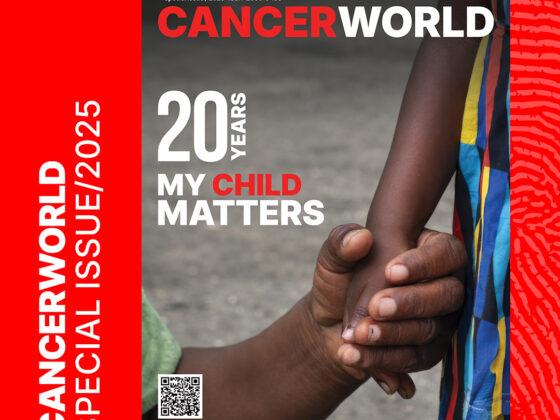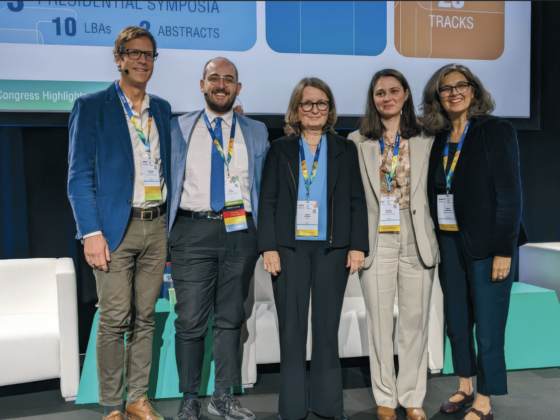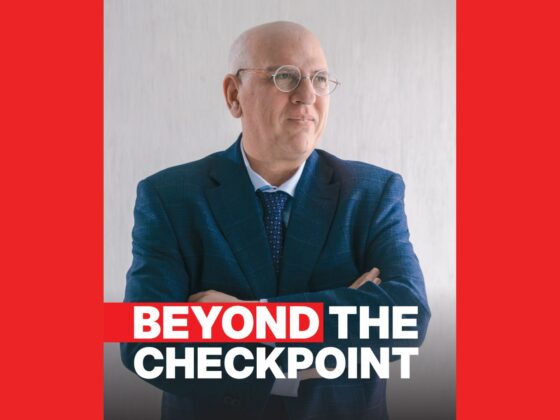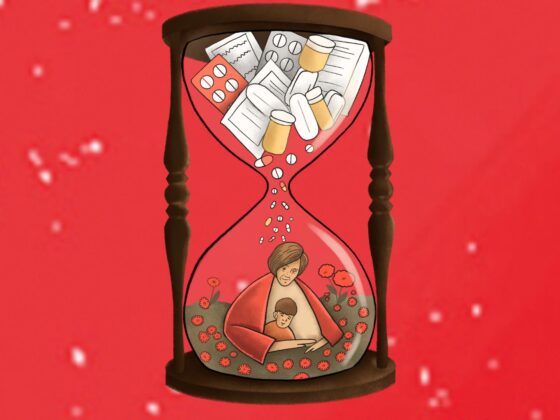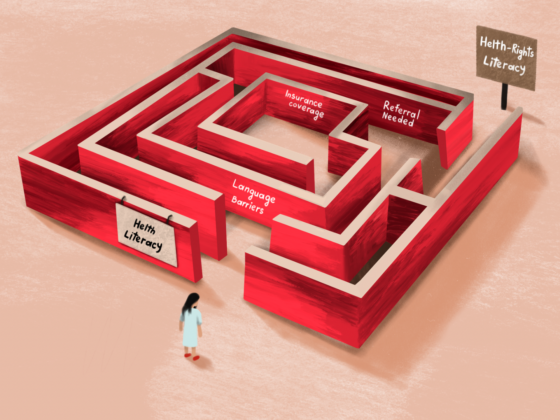For decades, early cancer detection has predominantly relied on organ-specific screening programs—such as mammography, Pap test, or colonoscopy—to detect malignancies as early as possible. While these approaches have indisputably saved lives, they inherently capture only a limited range of cancers, detect alterations already beyond the very initial stages, and tend to overlook the subtle biological changes that silently prime tissues for malignancy. Cancer screening has focused on detecting clinically visible or histologically confirmed lesions in specific organs. For many tumors, reliable screenings are not available, potentially missing many high-risk individuals whose early molecular alterations remain silent, so they remain undetected until symptoms appear, which can substantially limit the benefit of subsequent treatments. Traditional methods are largely “blind to biology,” missing the dynamic drivers of cancer—such as somatic genetic mutations, immune microenvironment changes, metabolic shifts, and microbial imbalances—that can create a permissive state for tumor initiation, sometimes years before lesions form or become radiologically apparent. The emerging model of early cancer detection and interception is rooted in molecular and microenvironmental understanding.
Recent years have seen dramatic advances in molecular biology, genomics, immunology, and artificial intelligence, together creating the possibility of genuinely proactive, personalized cancer interception. This new paradigm aims not only to detect cancer earlier, but to intercept its very emergence by identifying and targeting the biological drivers and enablers of carcinogenesis—including genetic and epigenetic alterations, chronic inflammation, immune dysfunction, and shifts within the human microbiome—well before overt disease manifests. In a recent review, with Giovanni Corso, Dario Trapani, Francesco Bertolini, and Roberto Orecchia at the European Institute for Oncology, IRCCS IEO, Milan, we explored the scientific foundations and future prospects of this shift in a paper for Cancer Prevention Research of the American Association for Cancer Research (AACR).
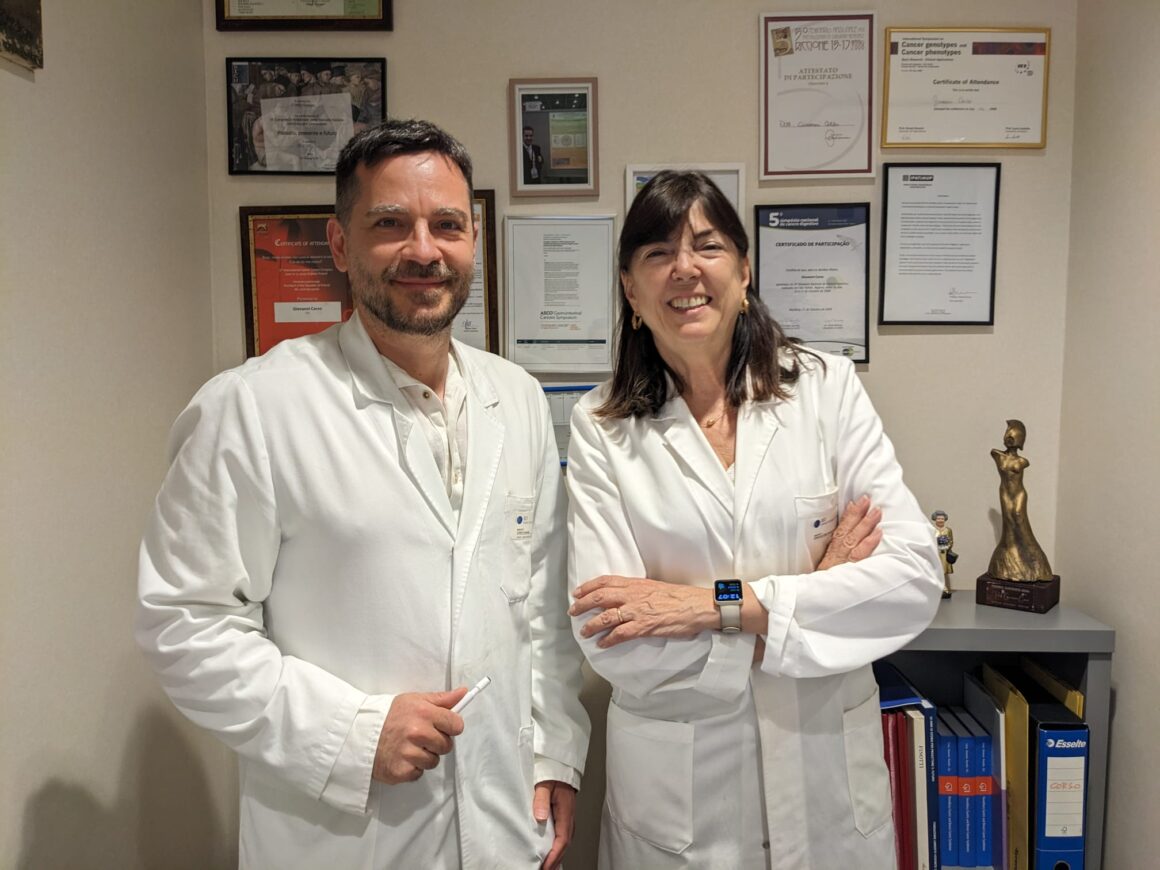
Our model of “combination early detection” proposes to identify several of the earliest molecular or cellular alterations—such as mutations in cancer genes, accompanied by investigations on the establishment of local or systemic inflammation, epigenetic dysregulation, and evolving immune escape mechanisms—that drive the stepwise progression from normal tissue to malignancy.
These changes can be further compounded by shifts in microbial communities, such as dysbiosis in the gut or airways, known to modulate both systemic inflammation and epithelial homeostasis, and to influence therapy response. The idea was first developed with the Bioscience Institute, proposing approaches that can be further developed.
Lessons from cardiology reinforce this paradigm shift. Cardiovascular risk stratification integrates multiple quantitative parameters—lipids, glycemia, blood pressure, inflammatory markers, family history—within predictive models to guide timely preventive interventions, such as statin treatment or antihypertensive medications, even before symptoms develop. Oncology has traditionally lacked an equivalently nuanced risk and prevention philosophy. However, recent multiomic technologies now allow the combination of genetic, transcriptomic, proteomic, and metabolomic data into individualized cancer risk profiles. These can incorporate polygenic risk scores (PRS), immune signatures, metabolic fingerprints, and even microbiome-derived markers, and have been shown in pan-cancer analyses (such as those from the UK Biobank) to meaningfully stratify individual risk. In real-world terms, individuals with the highest polygenic risk scores—those in the top 20%—are found to account for a significant portion of cancer diagnoses, with some studies showing up to 30% of cancers in certain types being linked to these genetic markers, especially when combined with lifestyle and clinical data.
Key technological breakthroughs have been instrumental in this evolution. Liquid biopsies—using blood or other accessible biological fluids—offer a minimally invasive means of accessing the body’s molecular landscape. These assays can detect circulating tumor DNA (ctDNA), which enables sensitive mutation and methylation profiling and fragmentomics; circulating tumor cells (CTCs), whose rarity and heterogeneity provide both diagnostic and prognostic information; and small RNAs, such as miRNAs or exosomal RNAs, which act as molecular reporters of the tumor and its microenvironment. Clonal hematopoiesis of indeterminate potential (CHIP)is becoming recognized as an important biomarker that could indicate a higher cancer risk. Proteomic analyses can uncover distinct host response patterns, while profiling of microbial DNA and metabolites, particularly from the gut, can illuminate contributors to inflammation and immune dynamics relevant to early carcinogenesis.
Artificial intelligence and machine learning increasingly underpin the interpretation of these vast, complex datasets, enabling the recognition of subtle, multivariate patterns in molecular data that can signal risk well before clinical presentation. This computational power is essential as we move beyond single markers towards true multiomic and integrative risk assessment, capable of capturing the many interconnected pathways of cancer biology.
This mechanistic and individualized approach to prevention is not limited to surveillance. Early identification of at-risk individuals permits a full spectrum of interventions. These may include rapid escalation to diagnostic imaging or tissue sampling, but also extend to lifestyle optimization, pharmacological prevention (such as low-dose aspirin in chronic inflammation-driven malignancies), and, crucially, immunoprevention. The substantial reduction in cervical, anogenital, and liver cancer incidence following the implementation of HPV and HBV vaccination programs is perhaps the most striking demonstration to date of how altering a specific pathogenic process can dramatically reshape the population burden of cancer.
Multi-cancer early detection (MCED) tests are the new avenue and broad lens for early detection. Based on advanced molecular diagnostics, they can detect minimal quantities of suspicious material and even identify the origin of the incipient cancer.
In the progress of MCED to routine tests, there remain important operational and ethical challenges. While highly specific, they often lack sensitivity for true early-stage disease, and an increased probability of false positives can lead to overtreatment or unnecessary anxiety. Integrating vast molecular and clinical datasets raises questions about standardization, equitable access, and the protection of personal health data. It is vital that these technologies are developed in ways that address rather than amplify existing disparities in cancer outcomes.
The emerging cancer combination early detection and interception paradigm that we present does not seek to supplant established screening and therapeutic strategies; rather, it aims to augment them. By combining new layers of molecular and clinical data, this model can identify individuals at the highest risk, guide early intervention strategies, and, ultimately, reduce the number of cancers that are diagnosed at later, more difficult-to-treat stages.
Reference
Albini A, Trapani D, Bertolini F, Noonan DM, Orecchia R, Corso G. From combination early detection to multicancer testing: shifting cancer care toward proactive prevention and interception. Cancer Prev Res (Phila). 2025 Jul 7. doi: 10.1158/1940-6207.CAPR-24-0558. Online ahead of print. PMID: 40621774





